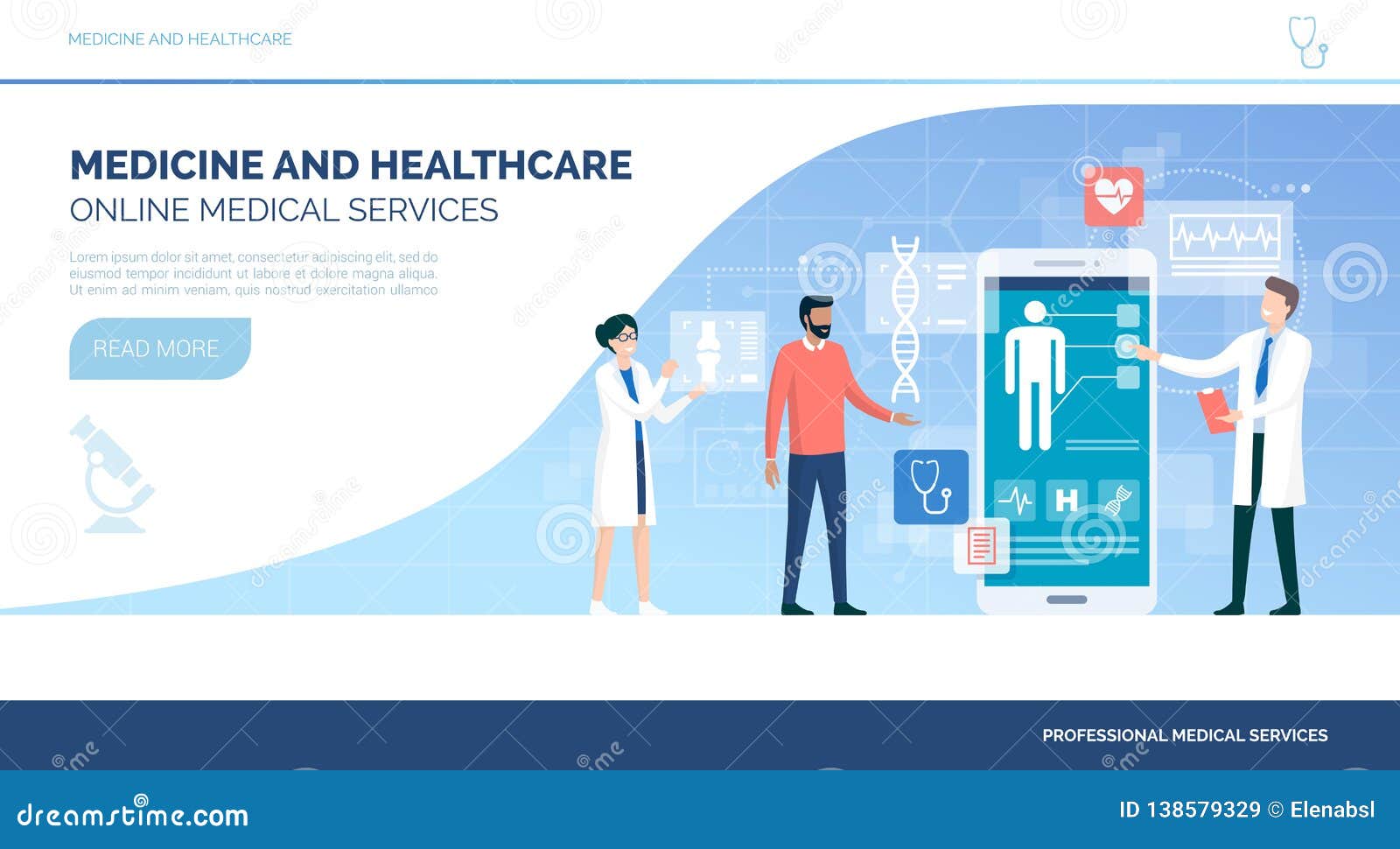Understanding the Expense Savings of Subscription Based Healthcare for Families
Understanding the Expense Savings of Subscription Based Healthcare for Families
Blog Article
Understanding the Cost-Effectiveness of Subscription-Based Healthcare Versions
As the healthcare landscape advances, subscription-based versions arise as an engaging choice, promising to redefine just how individuals handle clinical expenditures. Evaluating these designs' cost-effectiveness requires a nuanced comparison with standard insurance coverage, taking into consideration both economic implications and person fulfillment. While they provide openness and predictability in expenses, concerns stay about their ability to fulfill varied health care requirements, specifically for specialized therapies. The perspectives of doctor further complicate this equation, offering a diverse difficulty. What does the future hold for these designs, and can they truly provide on their promise of accessible, budget-friendly treatment?
Review of Subscription-Based Models
Subscription-based health care designs, occasionally referred to as direct health care or concierge medicine, are progressively acquiring attention as a possible remedy to ineffectiveness within conventional healthcare systems. These models operate the principle of offering clients direct access to healthcare carriers with a month-to-month or yearly fee, bypassing the need for typical insurance systems. This plan aims to improve patient-provider interactions by decreasing management burdens, which usually impede customized and prompt treatment.
At the core of subscription-based models is the emphasis on a more individualized client experience. Patients gain from enhanced accessibility to their physicians, typically consisting of same-day or next-day appointments, extended examination times, and direct interaction networks such as phone or video telephone calls. This version fosters a positive technique to medical care, where patients and providers can collaboratively concentrate on preventative care and persistent condition administration.

Price Contrast With Standard Insurance Policy

One of the main monetary advantages of subscription models is transparency in prices. People pay a foreseeable cost, which can streamline budgeting and financial planning. In addition, these models generally get rid of co-pays and deductibles for protected services, reducing out-of-pocket costs. Conversely, traditional insurance might be much more beneficial for people calling for specialized care or costly therapies not covered under a subscription design, as they profit from the wider coverage network and cost-sharing devices.
Nonetheless, cost-effectiveness is context-dependent. While membership versions may supply savings for those mainly requiring key treatment, individuals with chronic conditions or specialized medical care needs may locate typical insurance policy extra thorough. Assessing specific healthcare requirements and prospective use is critical in establishing the most cost-effective alternative for people.
Effect On Client Fulfillment
Person satisfaction within subscription-based healthcare models typically reflects a considerable renovation over typical insurance coverage systems. This improvement is mostly associated to the customized treatment and availability these designs use. Individuals frequently report higher satisfaction as a result of reduced delay times and the convenience of scheduling appointments. Unlike typical systems, where individuals may experience hold-ups in getting right here care, subscription-based versions ensure even more timely and straight interactions with doctor.
Moreover, the openness in costs related to subscription-based healthcare relieves the typical irritations connected to unanticipated charges and complex payment processes seen in traditional insurance (subscription based healthcare). Individuals appreciate knowing the precise economic commitment upfront, resulting in enhanced trust fund and confidence in their medical care administration
In addition, the emphasis on preventive treatment and wellness in registration designs adds to boosted wellness outcomes, additionally improving client complete satisfaction. By focusing on ongoing health care as opposed to anecdotal treatment, people experience a more holistic and continual medical care trip.
Furthermore, the boosted provider-patient partnership fostered in these designs, defined by more time invested per patient and personalized interest, plays a vital role in boosting individual satisfaction degrees, as individuals really feel genuinely taken care of and understood.
Supplier Experiences and perspectives
From the service provider's perspective, subscription-based healthcare designs use a transformative strategy to supplying clinical solutions. These models stress a preventative and positive medical care technique, enabling carriers to concentrate on comprehensive individual treatment without the restrictions of typical fee-for-service setups (subscription based healthcare). This change in emphasis usually results in boosted patient results and boosted supplier complete satisfaction, as health care professionals can assign more time and sources to patient engagement and individualized care strategies
Additionally, membership designs facilitate foreseeable earnings streams, which boost monetary security for doctor. This predictability permits for improved resource preparation and allotment, adding to an extra efficient medical care delivery system. Companies can buy team training, infrastructure, and innovation enhancements, therefore boosting the high quality of treatment used.
However, the transition to subscription-based designs is not without difficulties. Providers have to adapt to new functional frameworks, which can include substantial adjustments in billing methods and individual monitoring systems. In addition, there is an intrinsic demand for durable information monitoring to track individual outcomes and guarantee quality care. In spite of these difficulties, many suppliers locate that the advantages of enhanced patient interaction and streamlined imp source procedures outweigh the preliminary challenges, making subscription-based models an attractive alternative.
Future Prospects and Difficulties

A main obstacle is regulative compliance, as subscription versions should adhere to advancing medical care plans and insurance policy demands. This necessitates continual adjustment and development to make certain placement with legal criteria. In addition, integrating these versions right into existing healthcare frameworks can be complicated, requiring considerable investments in modern technology and training.
There is also the possible risk of developing injustices in healthcare gain access to, as membership designs may prefer those who can afford them, leaving at risk populations underserved. Resolving this requires thoughtful consideration of pricing methods and subsidy devices to ensure inclusivity.
Final Thought
Subscription-based healthcare models present a feasible alternative to standard insurance by providing economic predictability and transparency, specifically profiting individuals with persistent problems or constant medical care needs. The cost-effectiveness of these designs rests upon specific healthcare use patterns and conditions. While they may improve client satisfaction and enhance budgeting, obstacles remain in dealing with specialized treatment demands. Future considerations include balancing detailed insurance coverage with affordability and integrating these designs within the wider medical care system for optimum outcomes.
Subscription-based medical care versions, often referred to as straight main care or concierge medicine, are progressively gaining focus as a prospective option to ineffectiveness within conventional medical care systems. Unlike traditional systems, where patients could experience hold-ups in getting care, subscription-based models ensure even more prompt and straight communications with health care suppliers.
These designs stress a preventative and proactive healthcare approach, enabling suppliers to concentrate on thorough person care without discover this the constraints of typical fee-for-service plans. As these versions continue to acquire grip, they offer the possible to transform client accessibility to care, enhance service delivery, and enhance healthcare costs.Subscription-based healthcare models offer a feasible option to typical insurance by providing financial predictability and transparency, particularly profiting individuals with persistent problems or regular medical care demands.
Report this page